Skip to content

Blog
How to Share Sensitive Information Safely with Trusted Contacts
Sharing sensitive information—such as passwords, legal documents, and financial data—can be risky if not done properly. Many people resort to insecure methods like email or messaging apps, which can easily be intercepted. This article will walk you through the best practices for securely sharing sensitive data.
Common Risks When Sharing Sensitive Data
Best Practices for Secure Data Sharing
Conclusion
Sharing sensitive data doesn’t have to be risky. By leveraging secure vaults and implementing best practices, you can ensure your information remains protected while still being accessible to those who need it.
Want to print your doc?
This is not the way.
This is not the way.

Try clicking the ⋯ next to your doc name or using a keyboard shortcut (
CtrlP
) instead.